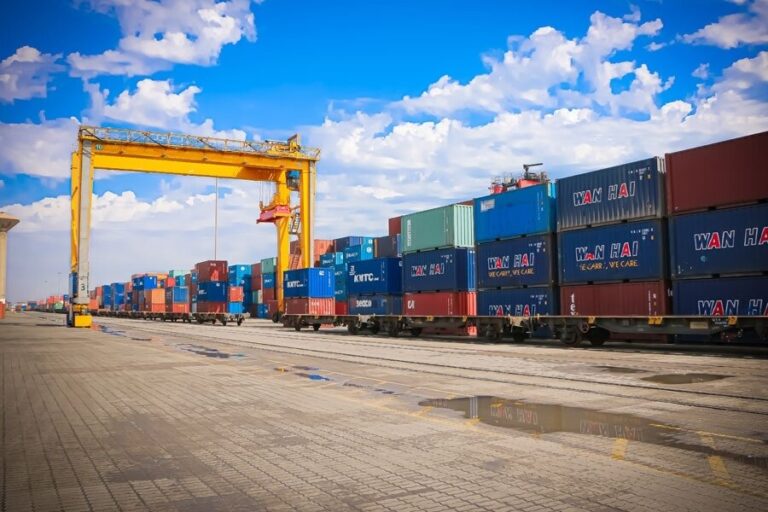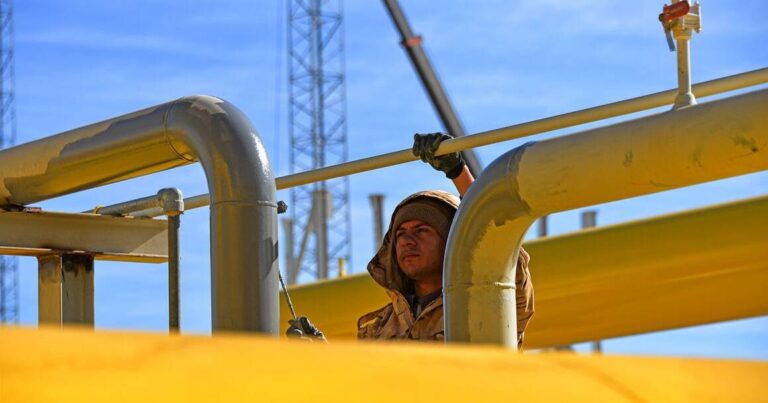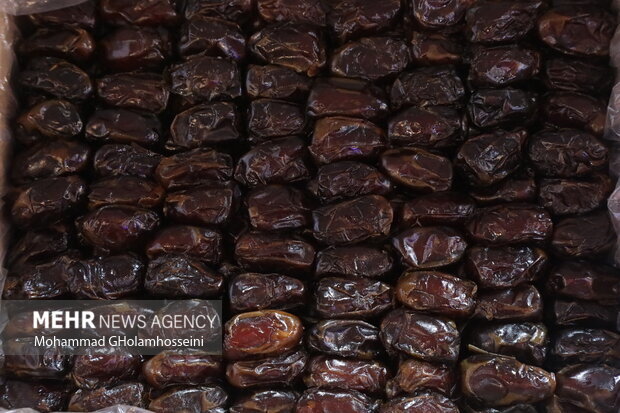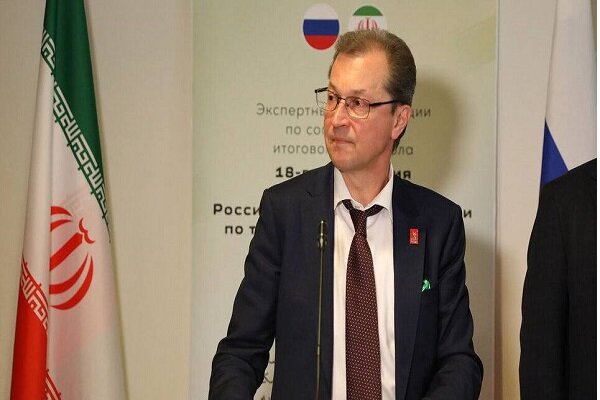
Similar Posts

Tehran Offers US Market Access: Navigating Significant Barriers Ahead!
Amid economic challenges, Iran is seeking U.S. investment to bolster its economy, extending an invitation to American investors as a potential step toward broader diplomatic engagement. Iranian officials, including President Masoud Pezeshkian, emphasize the need for at least $100 billion in foreign investment for sustainable growth, while also advocating for the lifting of both primary and secondary U.S. sanctions. However, significant obstacles remain, including the complexities of U.S. sanctions and Iran’s opaque economic environment dominated by state entities. Experts suggest that substantial reforms and a more transparent business climate are necessary to attract meaningful foreign investment.

Iran Launches New Dry Port Rail Terminal, Exporting 5,000 Tons of Goods
Ali Akbar Shamani announced that the Tehran-Aprin dry port rail terminal has exported 5,000 tons of goods during its initial phase, marking progress in Iran’s transit capabilities. The inauguration of the terminal’s final phase emphasized the importance of efficient customs operations, supported by a dedicated customs code that enhances import-export management. The dry port’s strategic location and rail transport capabilities position it as a critical trade hub. Shamani expressed optimism for future enhancements, highlighting potential benefits including increased trade volume, job creation, improved regional connectivity, and reduced transit times, reinforcing Iran’s role in international logistics.

Iran-Russia Gas Deal: A Bold Move or an Exercise in Futility?
A new gas agreement between Russia and Iran aims to export 55 billion cubic meters (bcm) of Russian gas annually to Iran via Azerbaijan, but faces significant logistical and financial hurdles. Iran’s Oil Minister announced that a land route through Azerbaijan would be used, but the existing pipeline capacity is only around 6 million cubic meters per day, insufficient to meet Iran’s winter gas deficit of up to 300 mcm/d. Additionally, Gazprom’s financial struggles hinder the development of necessary infrastructure. Iran’s future as a regional gas hub relies on successful sales to neighboring countries, despite their own gas production capabilities.

Iran’s Date Production Soars to Nearly 2 Million Tons: Official Report Reveals!
Iran ranks third globally in fresh date production, boasting over 4,000 varieties. Key producing provinces include Khuzestan, Sistan and Baluchestan, and Kerman. In the last year, Iran exported around 390,000 tons of dates, generating over $350 million. The country consistently produces 1.2 to 1.3 million tons annually, reflecting its agricultural prowess and favorable climate. Dates hold cultural significance in Iran, being a staple in various celebrations. The government is focused on enhancing production and export capabilities, exploring new markets, and showcasing premium varieties to boost international trade. The future of Iran’s date industry looks promising with ongoing innovations.

Tehran and Moscow Forge Strategic Partnership: Key Agreements Unveiled
Tehran and Moscow have made significant progress in their economic collaboration, signaling a pivotal moment in their bilateral relations. Recent discussions emphasize strengthened cooperation, exploration of investment opportunities, and enhanced ties in the energy sector. Officials from both nations express optimism about finalizing agreements that could lead to mutual benefits and regional stability. Collaborative efforts are also being explored in agriculture, technology exchange, and infrastructure development. This partnership reflects a strategic alignment against external pressures and aims for long-term economic growth. The upcoming meetings will be crucial for solidifying this transformative relationship and achieving shared economic goals.

Iran Prioritizes Military Pay Amid Looming War, Leaving Citizens to Struggle
Ordinary Iranians are enduring severe economic hardships due to escalating tensions with the U.S. and Israel, compounded by the Iranian government’s prioritization of military spending over public welfare. Economic indicators reveal a dramatic decline: the currency has lost half its value, unemployment exceeds 70%, and inflation has surpassed 40%, with food prices soaring by 100%. Experts criticize President Pezeshkian for failing to address the crisis, particularly through military budget adjustments. Additionally, Iran faces challenges from U.S. sanctions on its vital oil industry, which threaten to worsen economic conditions and provoke public unrest similar to past protests.